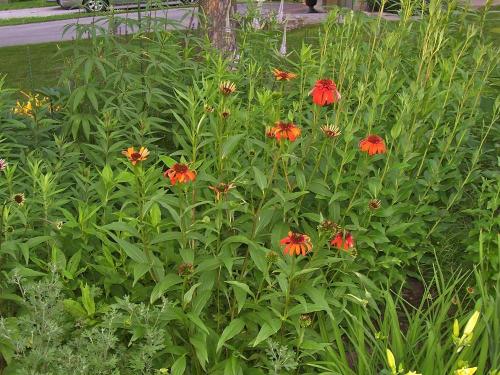Hi: don't know if you saw this reference.
https://bygl.osu.edu/node/881
Formerly had a lot of echinacea cultivars and then started to get ongoing problems with coneflower rosette mite. I assume the mite originally came into the garden from commercial greenhouse stock. Eventually found it easiest to just get rid of the echinacea in our perennial beds.

Above: there is no damage to the echinacea here, except for flowers/flower cones. I did, on one occasion, see aster yellows in an echinacea plant, but the whole plant was affected (actually had yellowish leaves, I think), not just deformed flowers. The specialized bacteria, which causes aster yellows, spreads through the vascular system of whole plants. It can also spread to some other types of plants. The coneflower mite is apparently just carried by the wind from cone to cone, coneflower plant to coneflower plant.
